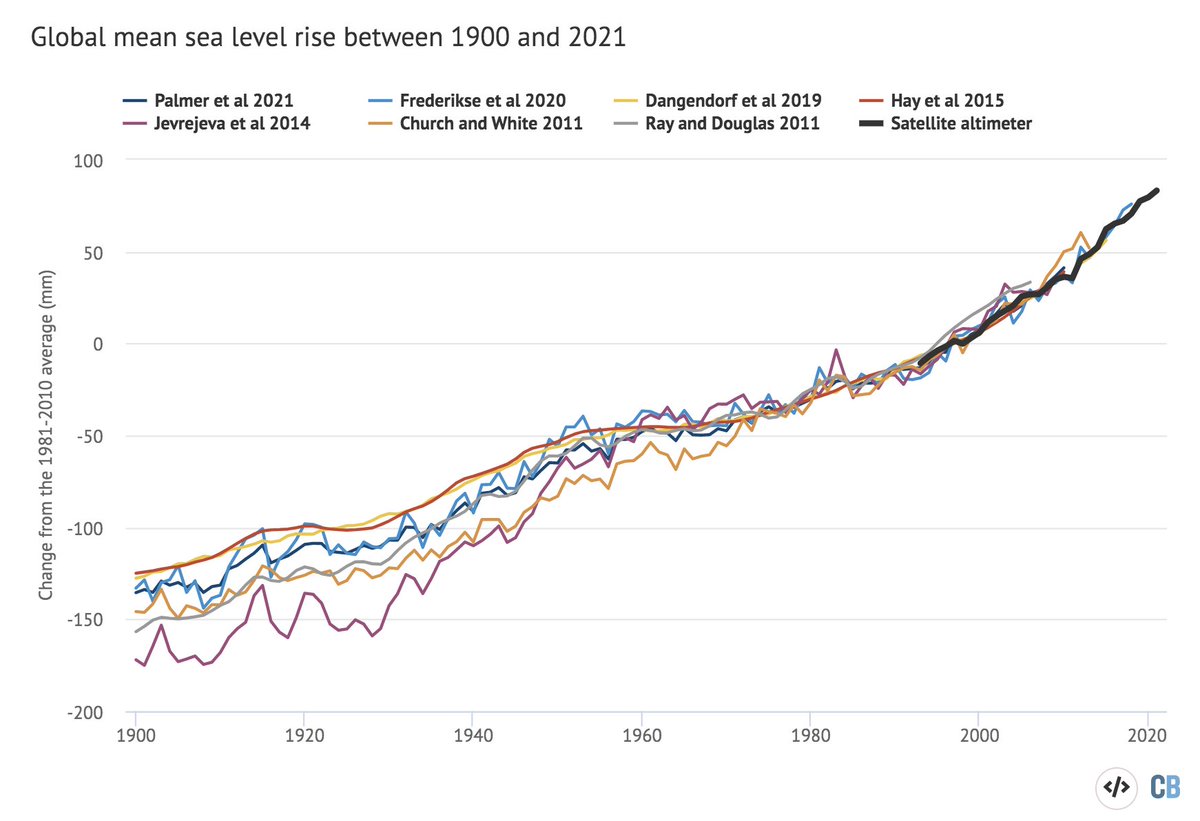
Many countries have adopted net-zero commitments later this century. In most cases these apply to all GHGs, not just CO2, and are structured using 100-year global warming potentials (GWP-100).
It turns out this choice effectively commits countries to a lot of carbon removal. 1/
It turns out this choice effectively commits countries to a lot of carbon removal. 1/
If you add together different GHGs using GWP-100 it does a pretty poor job of simulating actual warming. It conflates flow pollutants (like CH4) with stock pollutants (like CO2) in ways that are unhelpful, as I discussed last year in this thread:
https://twitter.com/hausfath/status/1425572803508465664
While we can get close to zero CO2 emissions (at least in theory), it will be much harder to remove all the CH4 and N2O emissions from agriculture. This means that a zero-GHG target is actually a negative-CO2 target, where CO2 removal is balancing out remaining CH4 and N2O.
How much does this matter? For the US, assuming we can cut our CH4 emissions in half by 2050, we would still have to remove an additional 0.8 GtCO2 per year just to cancel out remaining non-CO2 GHG emissions. Thats on top of any residual CO2 emissions that cannot be mitigated.
So in practice by making net-zero GHG commitments using GWP-100, countries are (often inadvertently) committing to a whole lot of carbon removal. If adopted at scale net-zero GHGs would result in falling rather than just flat global temperatures: carbonbrief.org/explainer-will… 

• • •
Missing some Tweet in this thread? You can try to
force a refresh
















